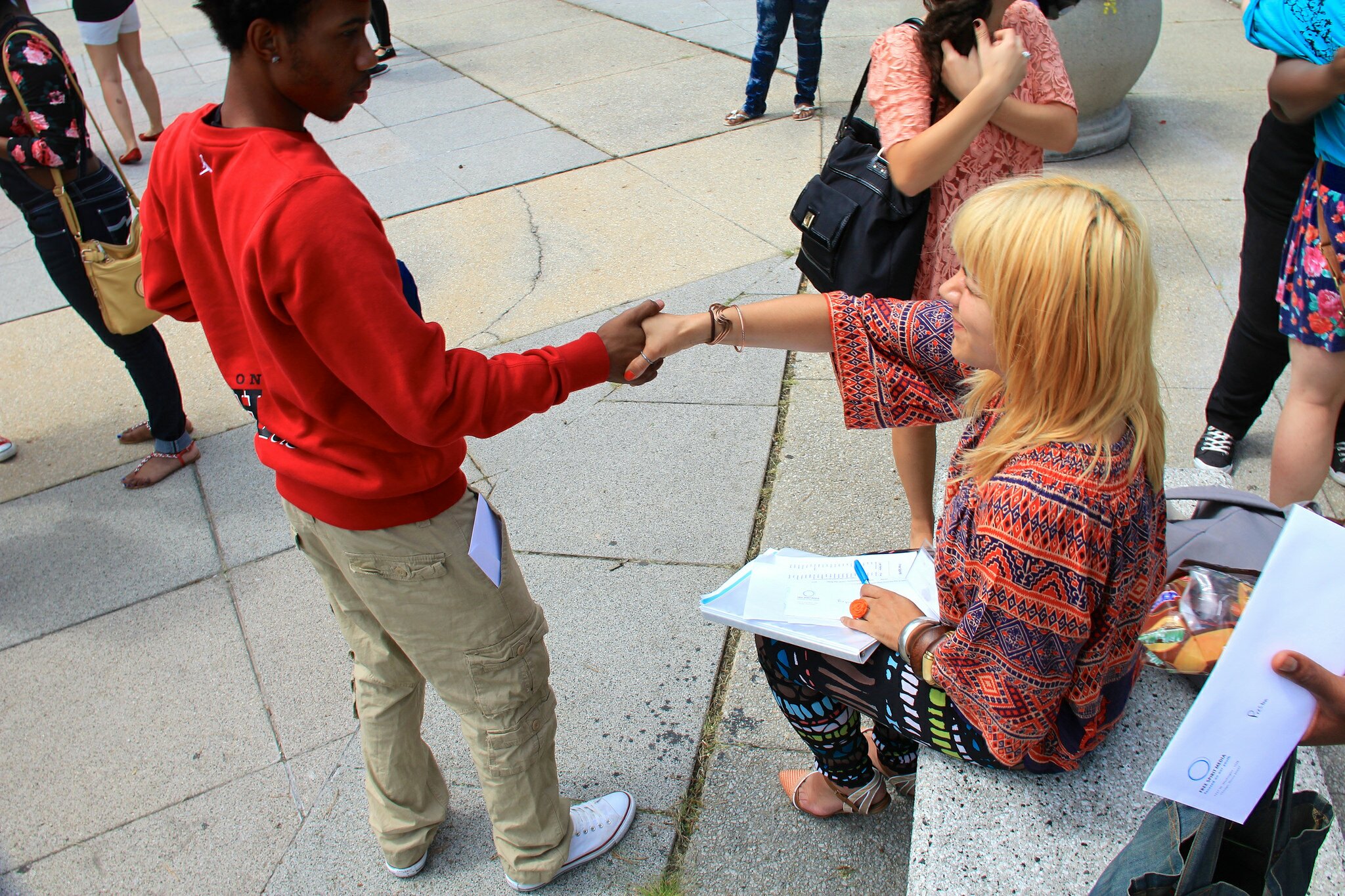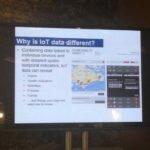“Democracy is a conversation, not a monologue!” — US Department of Arts & Culture
Last month, I posted an open call to hear from practitioners who build tech for public good with their communities (not “for” them) how they do their work, in their own words. This framework is important: to understand the most effective approaches for creating community-led tech, we have to practice what we preach. Although, through the Experimental Modes initiative, I’ve researched and analysed best field practices “civic engagement in civic tech”, I wanted to understand if the models I found resonated with real world practice—and if not, what models did.
To this end, at the Experimental Modes convening on April 4, 2015 in Chicago, we launched a case study collection project (the “case study sprint”) on-site and published it online soon after.
Today, we share an in-depth analysis of the case studies we received. From radio activism in Mulukuku, Nicaragua to community journalism in East Palo Alto, California, question campaigns about Boston’s metro transit future to a “People’s State of the Union” held by creatives USA-wide, the case studies we assembled represent a diversity of geographies, communities, conditions, and technologies. Though they may differ from each other in many ways, and certainly from our mainstream understanding of “civic tech”, what they have in common is their approach.
Go where people are and work together
By and large, the projects documented in this case study invest energy in in-person outreach and build close relationships with individuals as well as communities in spaces they share, often by playing with, discussing, and teaching each other how to get creative with the technology that’s already there.
- 94% reported Using Existing Social Infrastructure as their guiding strategic approach
- 82% reported that their key tactic was to Partner with Hyperlocal Groups with Intersecting Interests
- 76% Leveraged Common Physical Spaces
- 76% used the tactic “Be a Participant – Participate in Your Community”
“Take leadership from the most impacted”
Commonly identified approaches that intersected with and went beyond the 5 Modes of Civic Engagement in Civic Tech included
- student-led teaching (with several specific citations of the Frierian model)
- establishing community ownership by “building with, not for”
- embedding engagement and technical work inside demographic and communally relevant events, and
- investing concentrated time in relationship-building before moving on to technical development
As you’ll see after reviewing our findings in full below, this study is just a start, but what it reveals about existing community technology practice is vital to consider. Putting people before tool production when it comes to civic projects isn’t just a throwaway cocktail line. It’s a series of real practices, work evident in communities across the country and the globe who make the democratizing and empowering potential of technologies real by ensuring the work they do is democratized and shares power. Whether or not these projects identify as “civic” and whether or not the tech involved meets the mainstream standard doesn’t impact whether the work is solid, genuinely collaborative, and co-created with those it seeks to help.
There’s more work to do and more we’ll learn about how to do it if we ourselves collaborate. We’re leaving the case study form open for further contribution and analysis. Share your story with us here.






